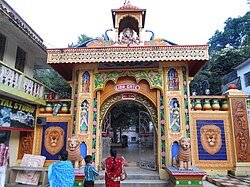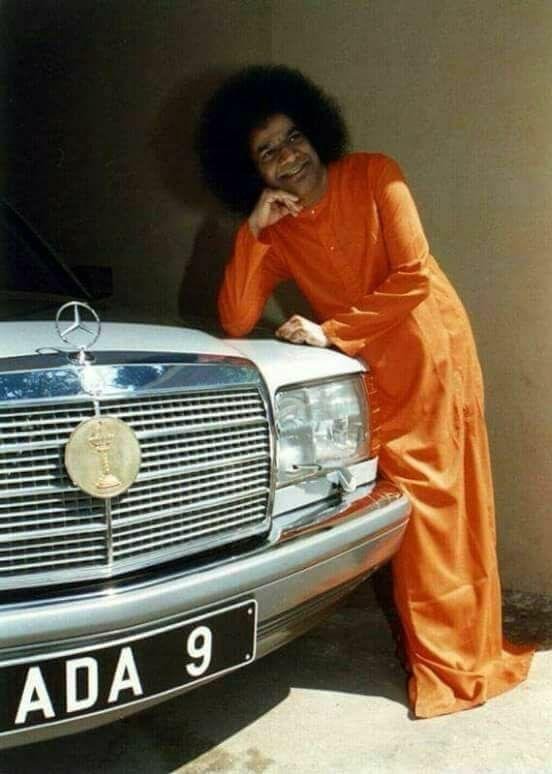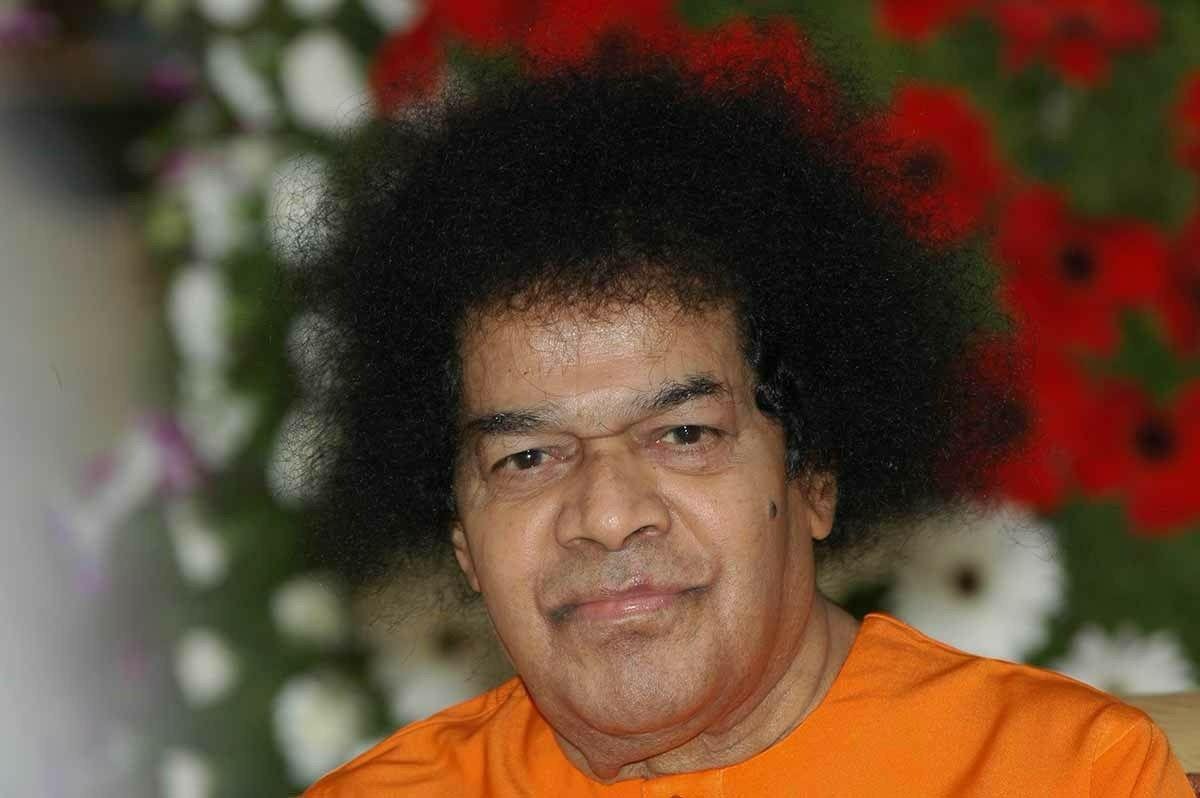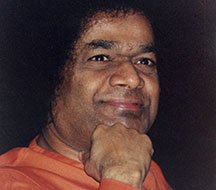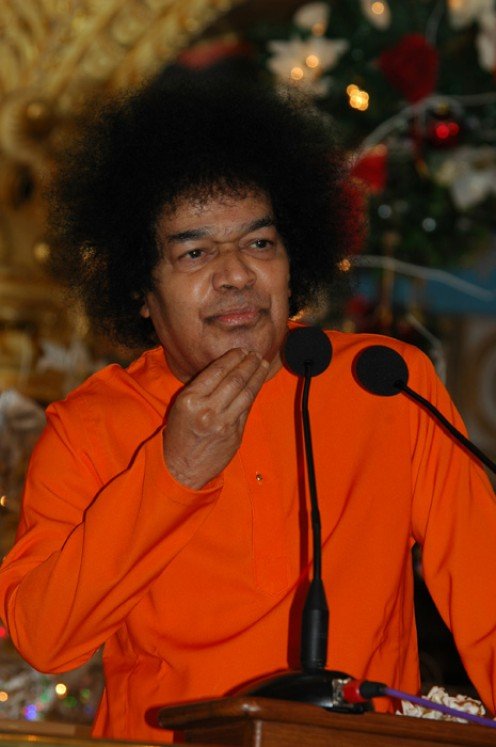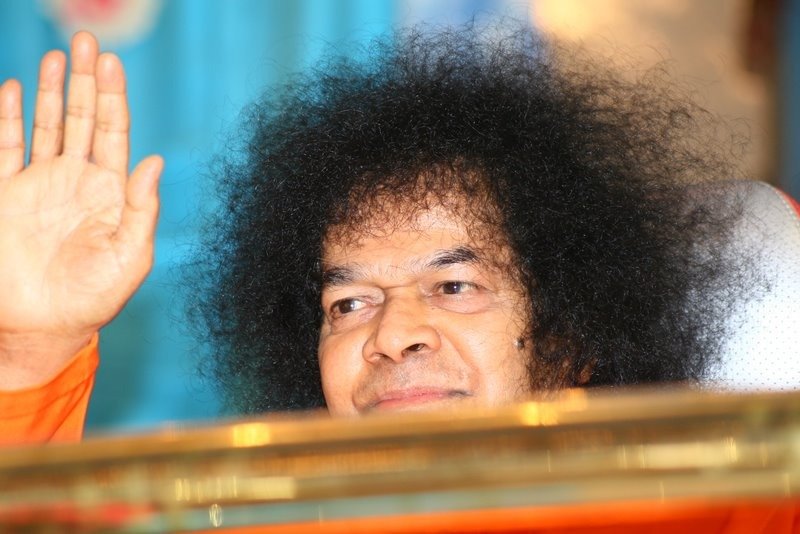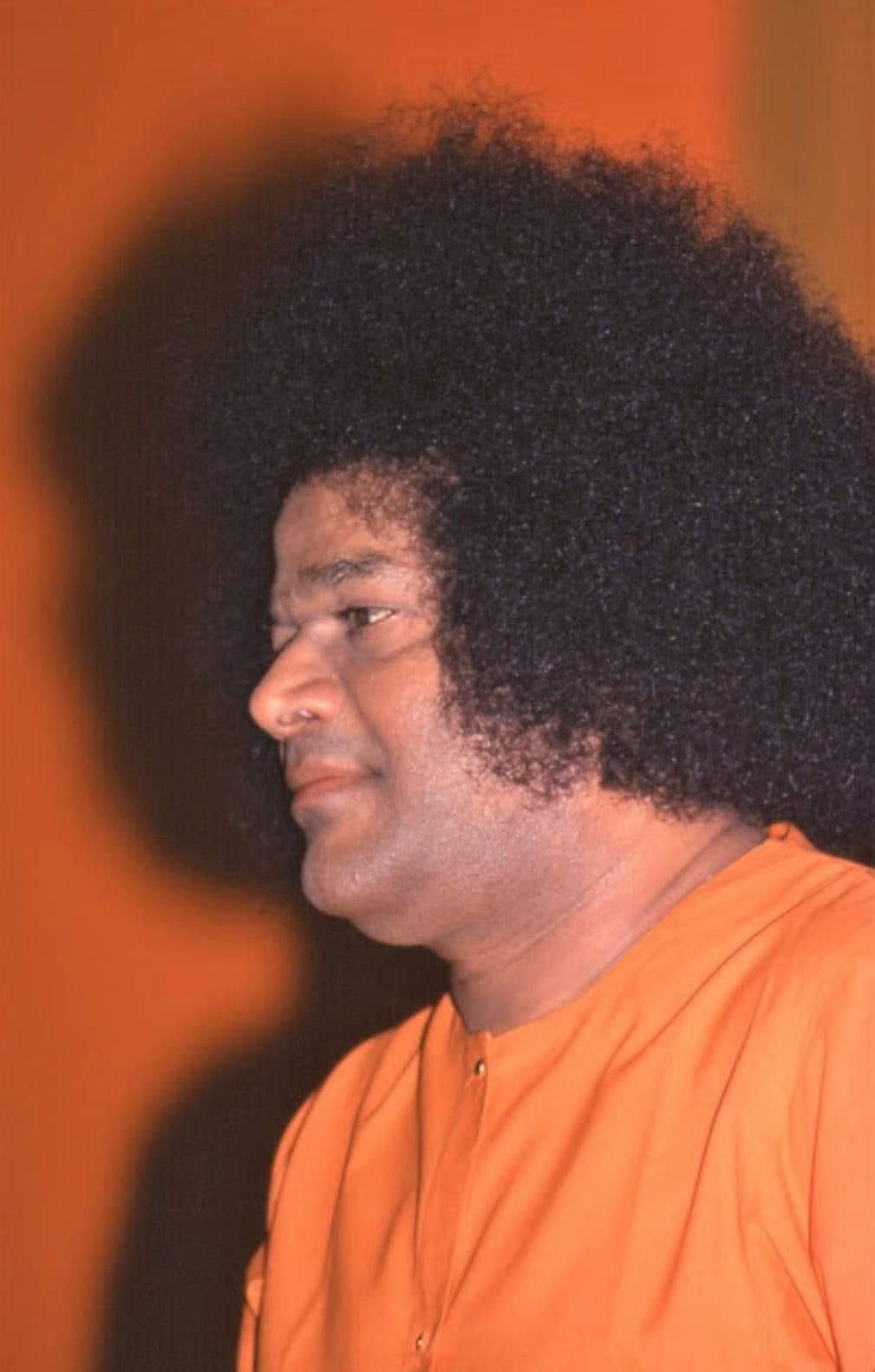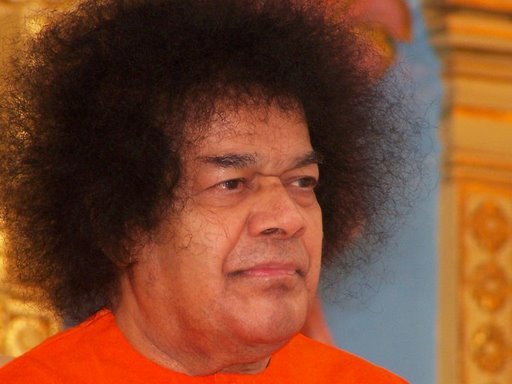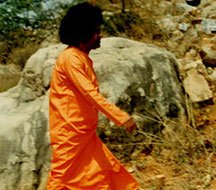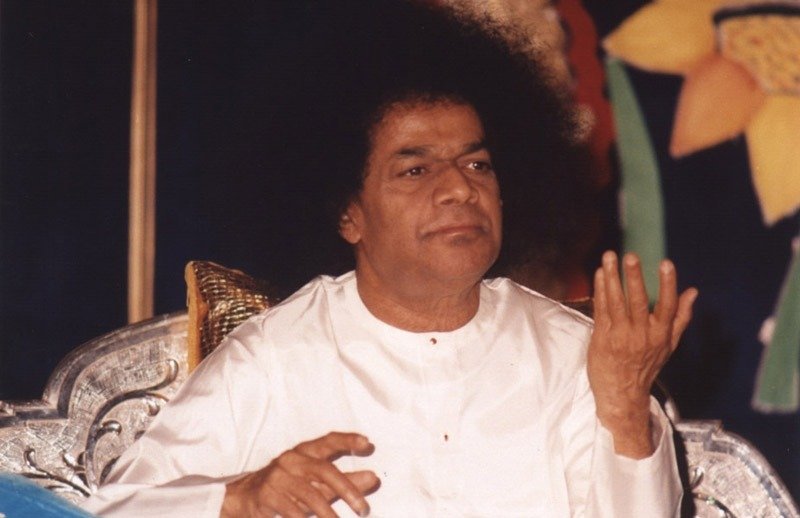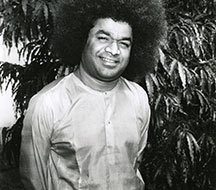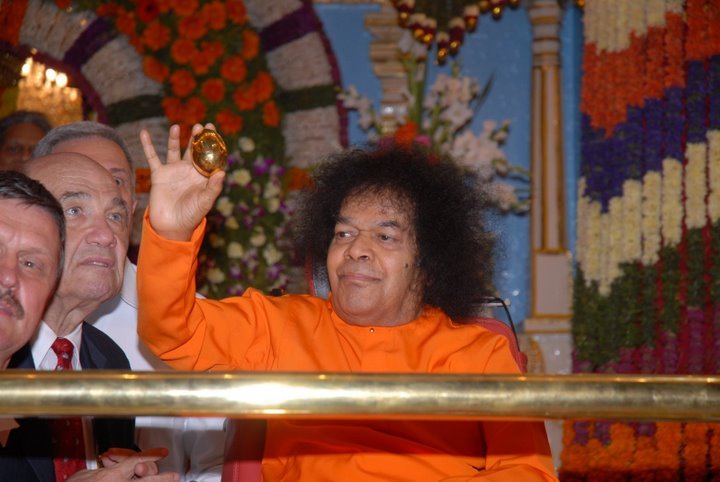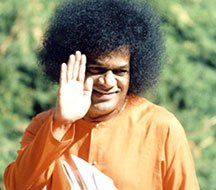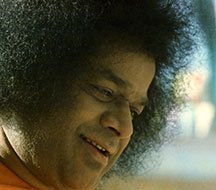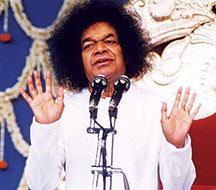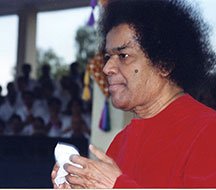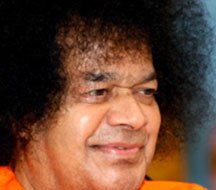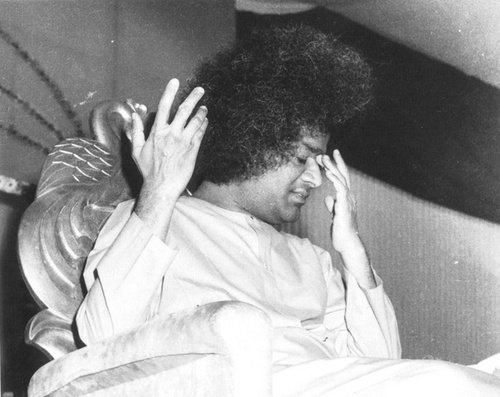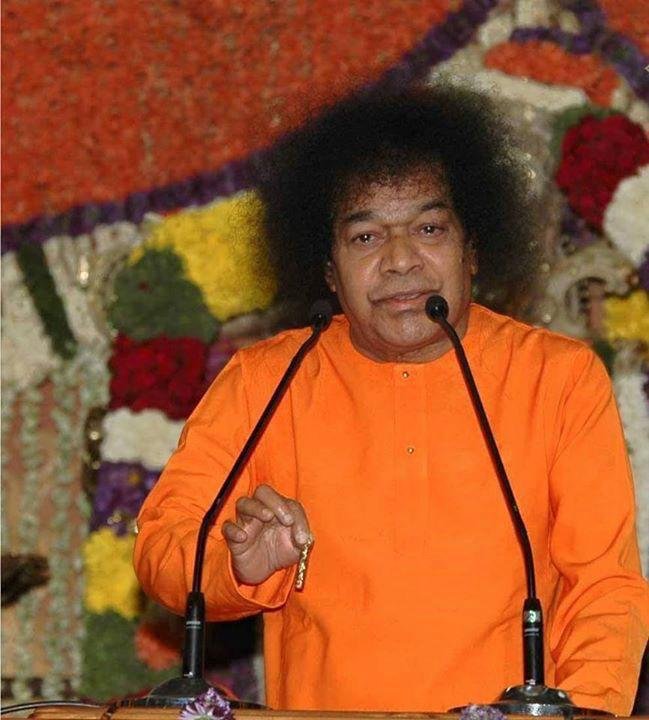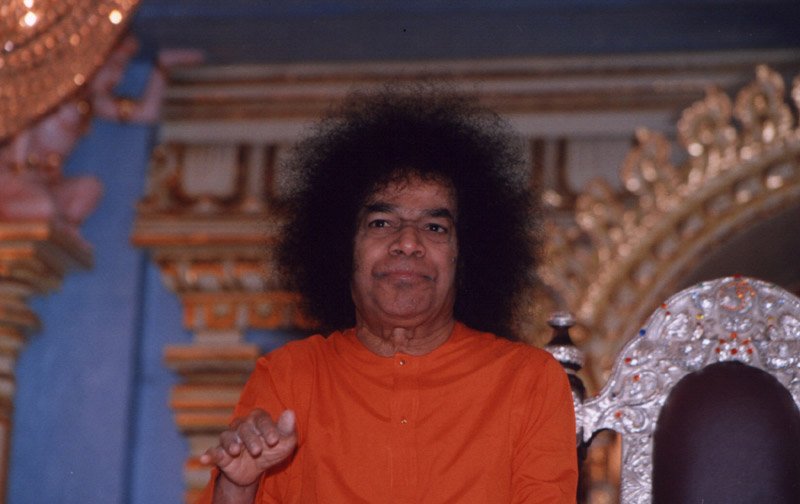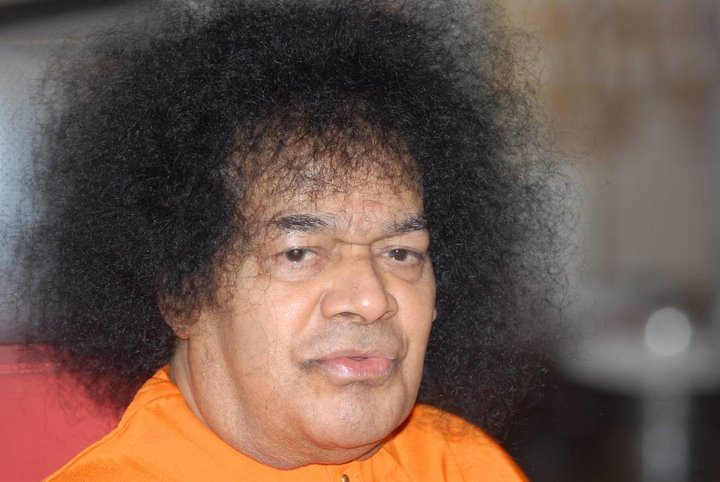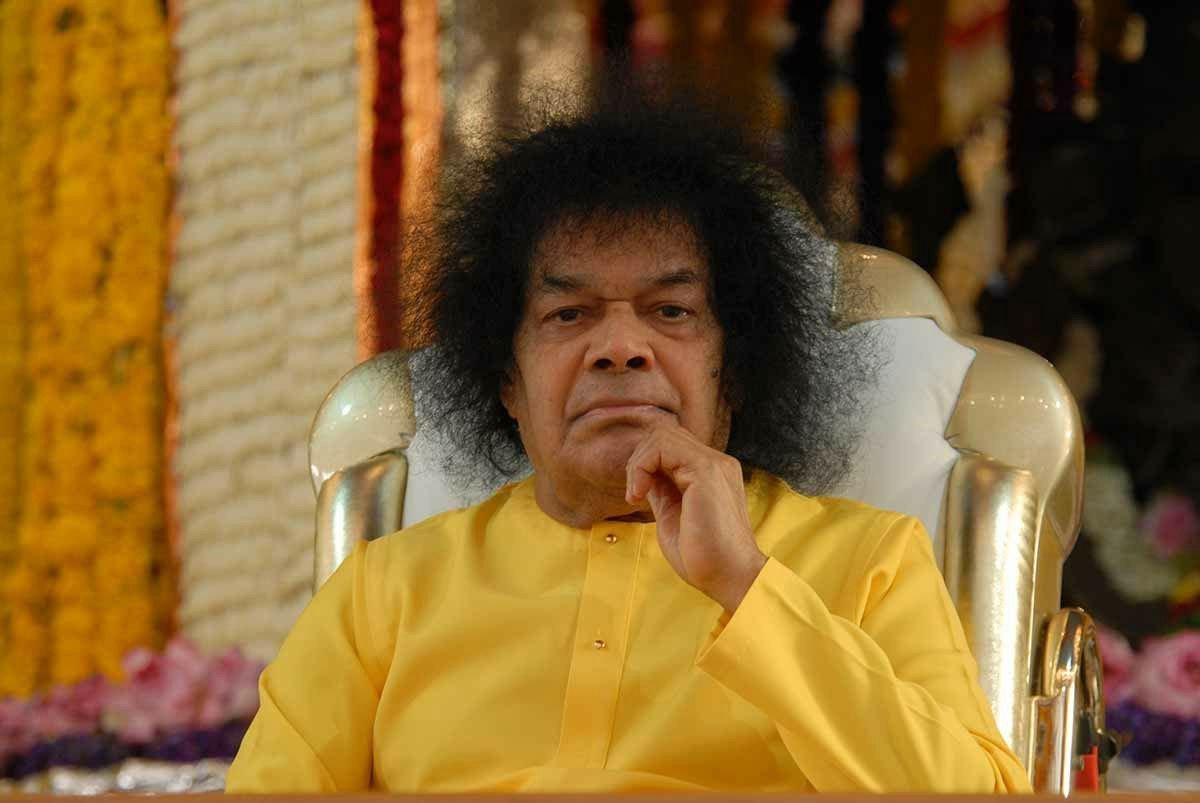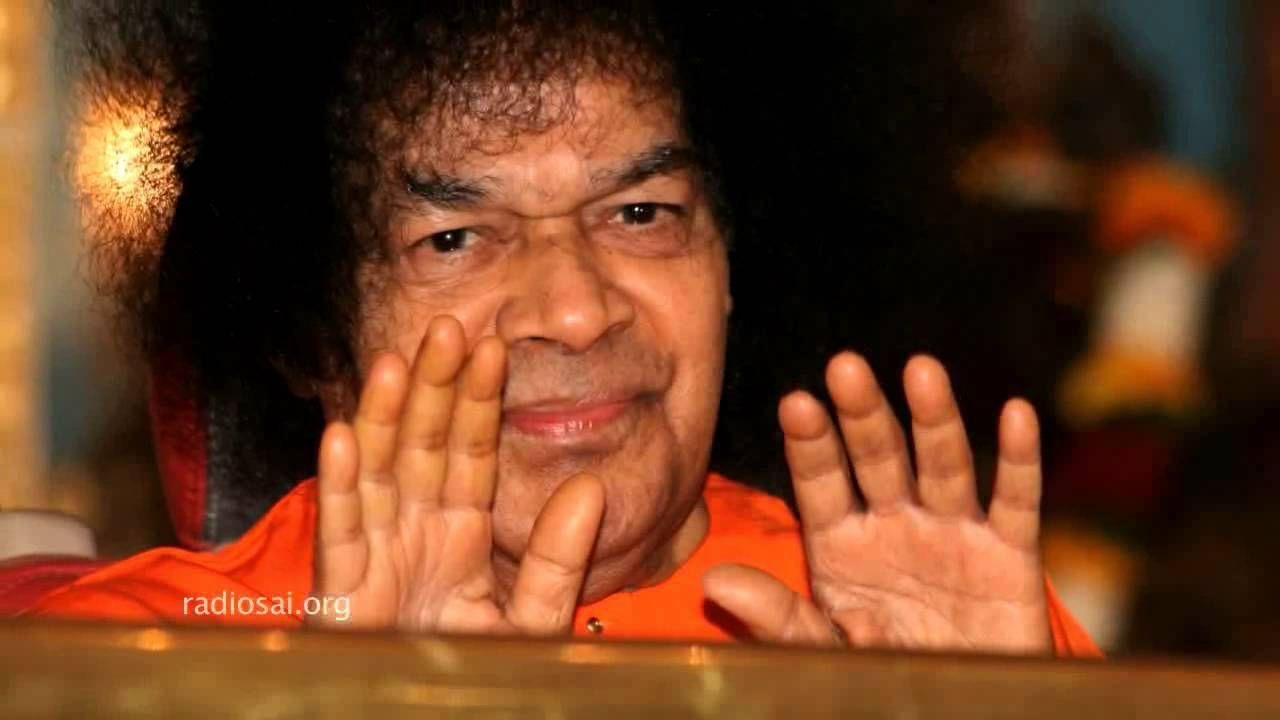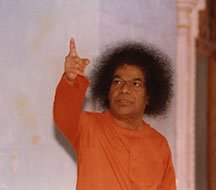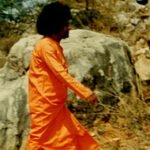
It stands near Paikmal at the base of the Gandhamardan Hills, a region known for its natural beauty and spiritual significance.

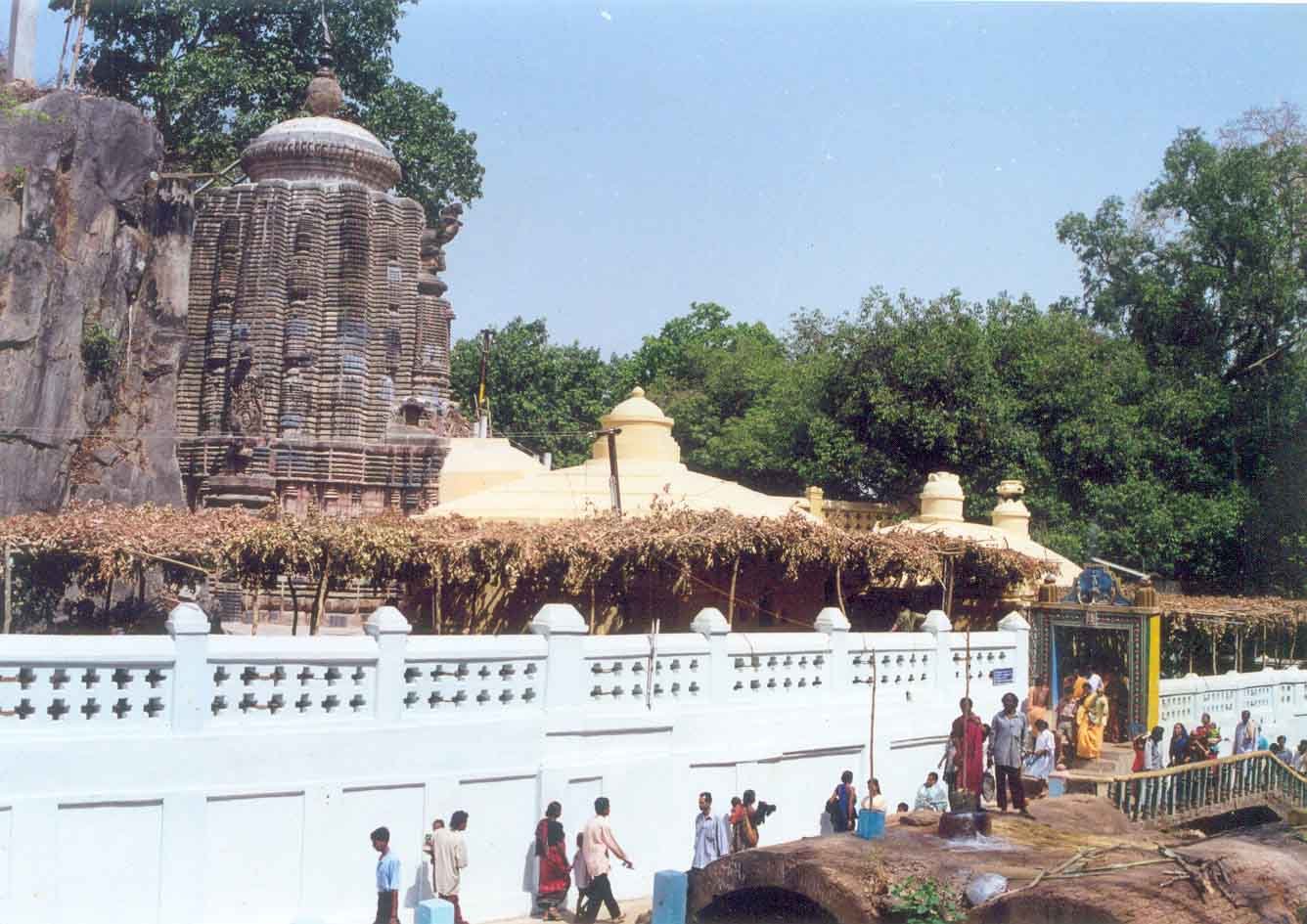

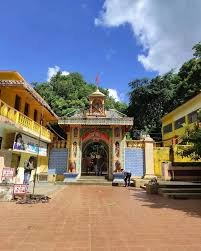


Architecture of the Temple
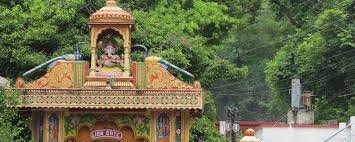
Standing only about 45 feet tall, the temple is built in the Kalinga Deula style, featuring a compact layout with the garbhagriha (sanctum) and a jagamohana (antechamber) with three entrances supported by four pillars each.
It is set amidst lush forests and close to the Papaharini stream, which forms sacred pools nearby—these natural elements enhance the temple’s tranquil ambiance.
Sculptures of Pandava figures, Ganapati, horses, and mythological icons are carved out on nearby rocks, including depictions of the Pandava brothers and an image of the Sun God atop a pedestal with seven horses—reflecting the region’s deep mythic heritage.
How to Reach to Temple
By Road:
The temple lies 110 km west of Bargarh, 64 km from Sambalpur, and around 165 km from Bhubaneswar. Regular bus services and taxi routes are available via Paikmal.
By Rail:
The nearest station is Bargarh Road (Khariar Road), about 50–60 km away.
By Air:
The closest airport is Veer Surendra Sai Airport in Jharsuguda, approximately 100–120 km away.
Temple Timings
